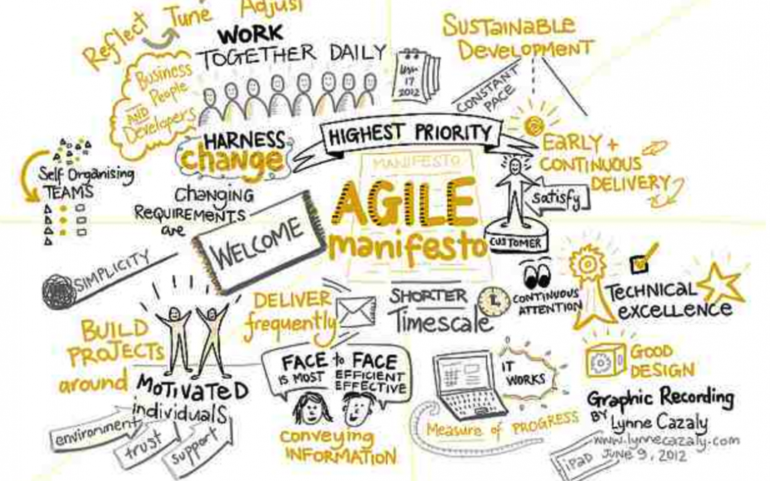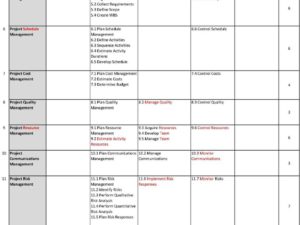
Before there was Agile Manifesto, software development was a slow, tedious process. Companies canceled projects during the development stage because their requirements have already changed. As a result, many software development companies were not profitable. With the introduction of the Agile project management, teams had a methodology to to change requirements quickly without sacrificing the quality of the end product.
The Agile Manifesto is the foundation of the Agile Movement. Nowadays, the use of Agile methodologies is also applied outside of software development because of its emphasis on collaboration, communication, and lean manufacturing processes. People use Agile to create smaller sets of features under the guidance of a bigger plan.
How Agile Manifesto Came to Be
The Agile Manifesto was the result of industry frustration in the 90s.There was a delay between business requirements and the delivery of the solution to those needs. As a result, companies canceled many software projects.
Requirements, customer requisites, and business changed during the delay, and the product doesn’t meet the needs of the company. Before agile methodologies were popularized, waterfall project management couldn’t meet the the demand for constant change. Developers during that time can’t easily alter projects they were currently developing.
Thus, 17 thought leaders came together to develop the Agile Manifesto. The group first met in 2000 in Oregon, and then the next year they wrote the manifesto that stated:
“We are uncovering better ways of developing
Software by doing it and helping others do it.
Through this work we have come to value:
Individuals and interactions over processes and tools
Working software over comprehensive documentation
Customer collaboration over contract negotiation
Responding to change over following a plan
That is, while there is value in the items on
The right, we value the items on the left more.”
Foundational Values of the Agile Manifesto
The Agile Manifesto has four foundational values that resulted in what is now known as Agile methodologies. Each of the methodologies applies the values in various ways, but all of them depend on the values as a guide in developing and delivering high-quality software.
Individuals and Interactions over Processes and Tools
This core value of the Agile Manifesto is self-explanatory. It is important that you make this a culture of your group so that you’ll never forget it. When you value people more than your tools and processes, you are more likely to meet the needs of the end users.
Take for instance communication among team members. When you value people over processes, communication is more fluid, and members get in touch with each other when they need something. On the other hand, when the process is more valued over members, communication is scheduled and need specific content to go through.
Working Software over Comprehensive Documentation
There are leaders in the company who are not technical people. They should not try to understand the software by requiring developers to document all of its elements. According to Agile project management, the time spent making the documentation should be used in the development process.
In the past, technical specifications, requirements, test plans, and approvals for each have caused delays in the project. While Agile methodologies don’t eliminate documentation, the process is streamlined in a form that provides the developer what one needs to work on without spending a lot of time describing the process.
Agile documents come as user stories that allow the developer to start the task of creating a new function. While Agile Manifesto puts some value on documentation, working software is more of a priority.
Customer Collaboration over Contract Negotiation
Collaboration is an important element in Agile project management. It allows customers to be involved all throughout the development process. This allows the developer to determine if the product meets the needs of the customer. The end user can be a part of the team meetings to ensure the software meets the needs of the customer.
Responding to Change over Following a Plan
Agile methodologies allow the shifting of priorities from iteration to another. The developer can add new features into the next version. Through the eyes of an Agile project manager, changes help improve a project. Changes also provide more value to it.
These are the core values of the Agile Manifesto. I hope that you can incorporate these core values into your projects and create products that meet the needs of your customer.
Download 200 PMP Questions!
Get instant access to 200 FREE PMP practice questions that will help you ace your upcoming exam. Simply enter your name and email below.


